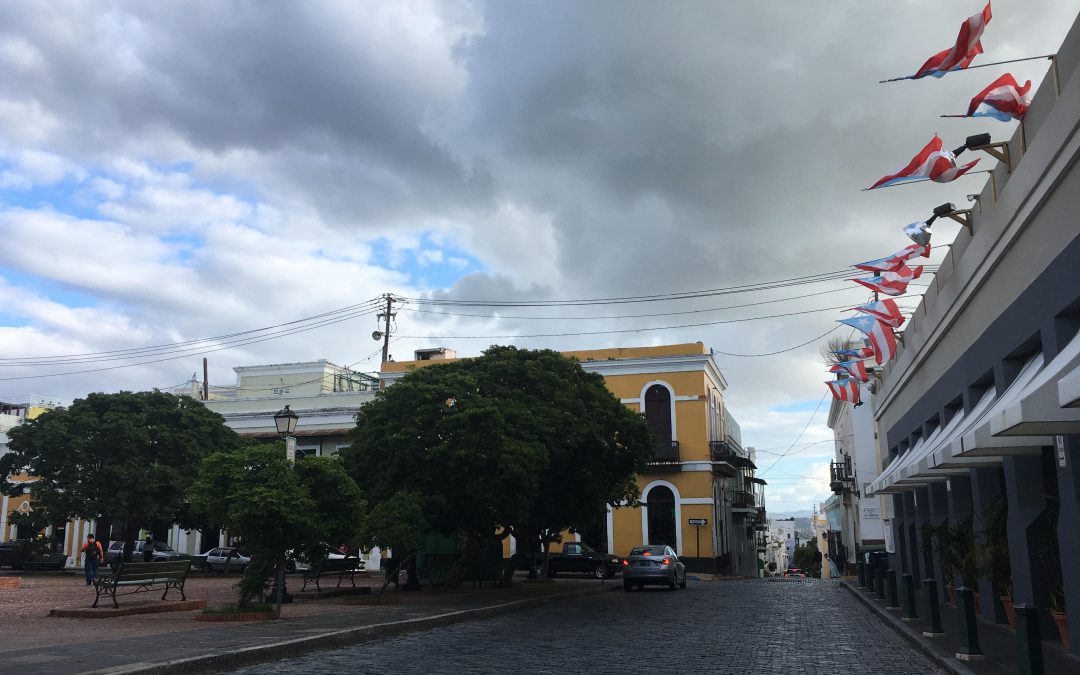WASHINGTON — The absence of rules and regulations for a new federal program, called the Opportunity Zone program, gives investors significant tax relief to develop in designated low-income areas. But this could allow investors to exploit the program rather than help low-income communities, according to a number of experts.
This Trump administration program intends to unlock an estimated $6.1 trillion in capital gains to incentivize investors to move existing assets into so-called Opportunity Funds — aimed at revitalizing 8,700 neglected neighborhoods around the country.
But, embedded in the Tax Cuts and Jobs Act, the Opportunity Zone program does not include mandatory reporting provisions. This means federal agencies will not know where capital flows or about the consequences of spurred development in communities.
“It is an extremely open-ended ‘anything-goes’ incentive,” said Brady Meixell, a research analyst in the Metropolitan Housing and Communities Policy Center at the Urban Institute.
“As long as a development is placed within the Opportunity Zones, very few types of businesses are excluded.”
But Christopher Leinberger, a professor and chair at the Center for Real Estate and Urban Analysis at The George Washington University, praised the initiative.
“It is brilliant to bring forward passive capital gains that would otherwise not be realized for years and monetize them now,” he said.
“It is really a remarkable, smart way of investing in our low-income areas.”
The 35 million residents living in these opportunity zones have incomes 37 percent below state median incomes and life expectancies about three years less than the national average, according to the Department of Housing and Urban Development.
But the Opportunity Zones vary substantially — from the bustling urban center of Oakland, Calif. to the small town of Marion, Kan. Investors will likely flock to the zones promising the most profit. From an investors’ standpoint, the best return will likely happen in tracts already experiencing development, Meixell said.
A report published by the Urban Institute found that of the 8,700 tracts selected as zones across the country, 3.2 percent experienced development between 2000 and 2016, setting up the likelihood for displacement of existing low-income residents if a disproportionate amount of new development occurs in these areas.
Steven Rosenthal, senior fellow in the Urban-Brookings Tax Policy Center, expressed his reservations.
“By its nature, the Opportunity Zone program is [a] trickle down scheme,” he said.
“How can federal tax benefits be lavished on investors, who overwhelmingly are high-income, in order to induce investors to put their capital in these targeted communities?”
Lawmakers designed the program with investors in mind, he said. The fewer burdensome reporting requirements or regulations, the better.
“The approach is fatally flawed,” he said.
He called on the IRS to adopt a “robust reporting method” to track both the capital gains made in each zone and the impact new construction has on vulnerable communities.
Smart Growth America, a progressive think tank that pushes equitable urban development, along with the Center for Real Estate and Urban Analysis, which also conducts research on walkable urban planning, published a report that ranked every Opportunity Zone using a social equity and growth index. The report came to a similar conclusion as Rosenthal.
“Without reporting or transparency, it will remain extremely difficult for investors, local policy makers and community groups to understand the impact of this initiative and stay ahead of the curve,” the report stated.
Christopher Cos, vice president of land use and development at Smart Growth America said that local governments could step in to mitigate harm and shape the market.
“Not having the reporting and transparency guardrails embedded in legislation really raises the role of state and local government,” Coes said.
“The fact that the federal government has left this vacuum [allows] them to actually step in and really shape the market.”
Low-income residents are likely to be displaced from zones that experience a rapid influx of capital if local jurisdictions fail to implement rent control or apply economic protections during the roll-out of the program, several experts said.
The Congressional Black Caucus supports the Opportunity Zone initiative, but the group also wants to ensure safeguards and accountability measures are implemented.
“Our members want to make sure that they are being implemented properly and monitor how they affect Black communities,” CBC Communications Director Gabrielle Brown said.
“We don’t want to exacerbate gentrification.”
The White House Opportunity and Revitalization Council led by HUD was established through an executive order by President Donald Trump and will provide oversight for the program.
But several members of Congress want the Treasury Department to create a more robust reporting system to track results and ensure financial accountability for participating investors.
“This legislation will restore and strengthen transparency measures to ensure Opportunity Zones lives up to its original promise and delivers real impact to those who need it most,”
Sen. Cory Booker, (D-N.J.), one of the sponsors, said in a statement.
Coes anticipates the IRS, which is part of Treasury, will offer recommendations before Congress passes new legislation. And the question remains what to do with the investors who have already made moves to participate in the program.
“We already have a number of investments coming down the pipeline,” Coe said. “How do you [introduce] these guardrails and reporting retroactively for deals that have already been made?”
HUD will accept comments on the program until June 17.


